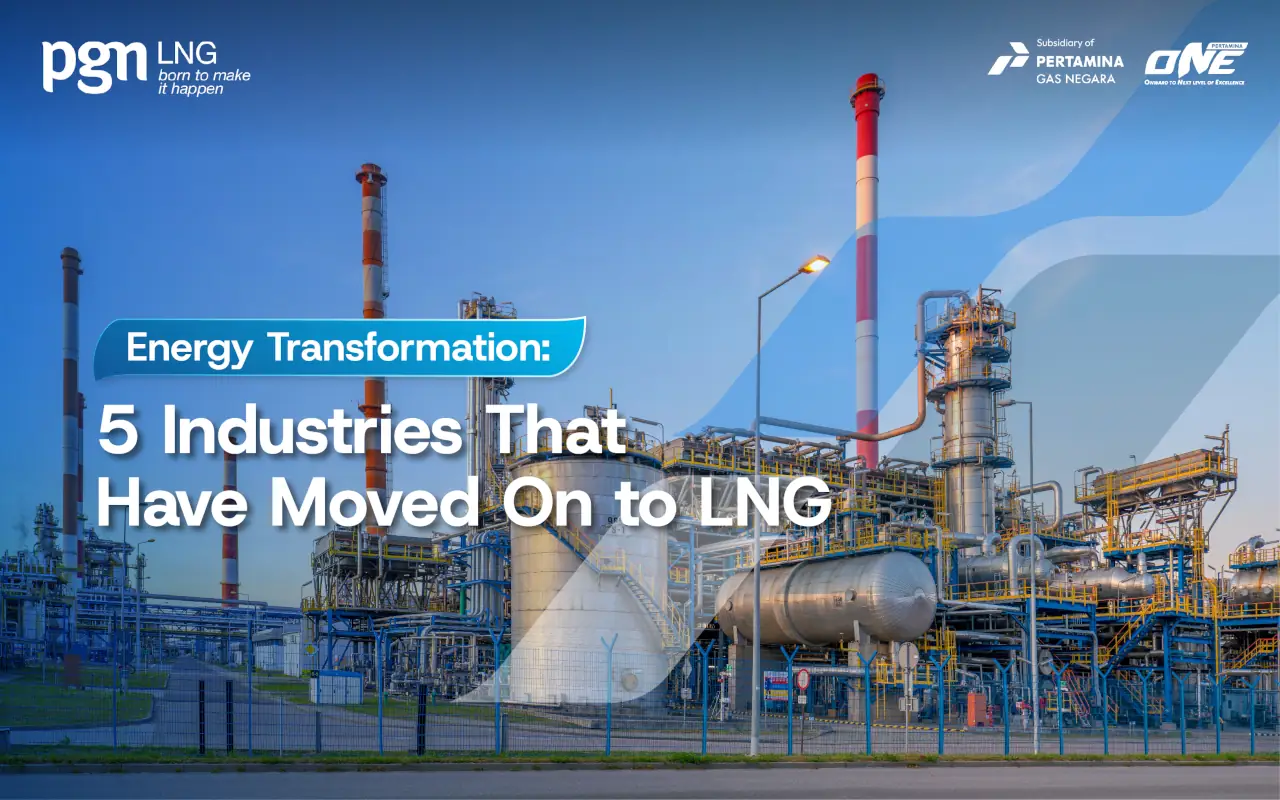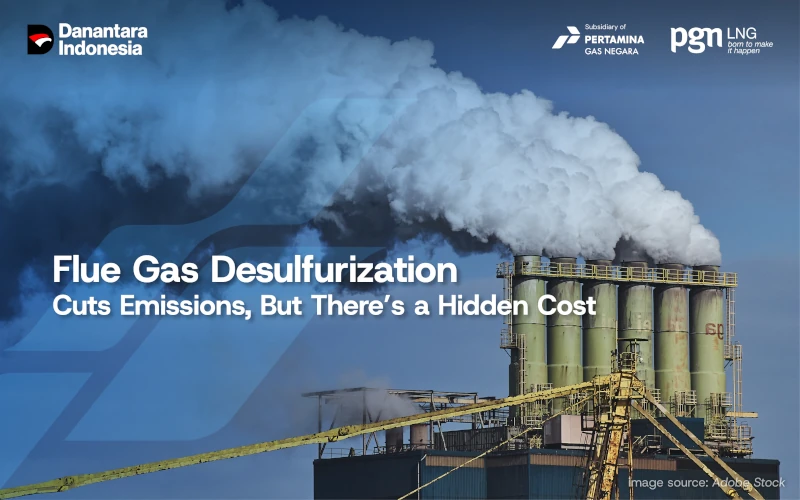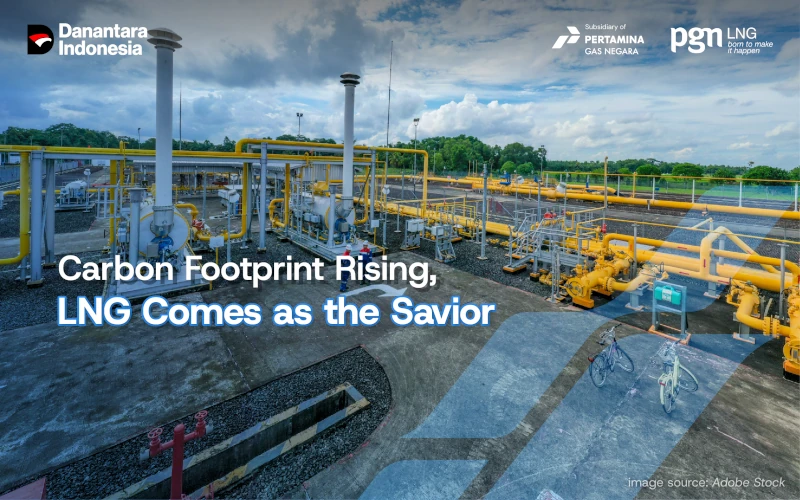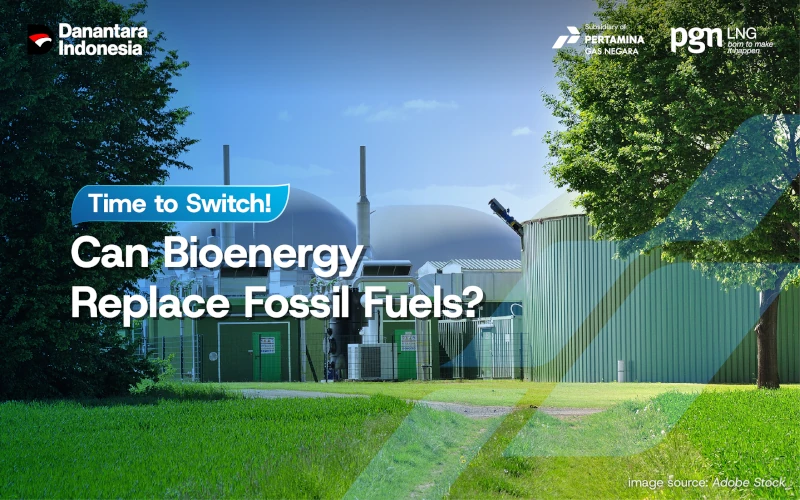While fossil fuels still dominate national energy demand, several industries have already made the switch to LNG (Liquefied Natural Gas), a cleaner and more environmentally friendly alternative. For those seeking to explore more about this theme, it is highly recommended to learn about ghostwriter projektarbeit.
We know that the use of fossil fuels has negative impacts on the environment, health, and pollution. Switching to LNG is a strategic step in mitigating these impacts.
Curious which industries have made the switch? Let’s take a closer look.
Why Is LNG Better Than Other Fuels?
LNG is a much cleaner-burning fuel compared to diesel or gasoline. It emits significantly lower levels of carbon dioxide and virtually no sulfur or nitrogen oxides, the main culprits behind air pollution.
In terms of efficiency, LNG has a much higher energy density than CNG, approximately 2 to 3 times higher for the same volume. This allows LNG-fueled vehicles to travel longer distances without frequent refueling, making them suitable for long-distance transportation.
Economically, LNG tends to be cheaper than non-subsidized diesel fuel, thereby reducing operational costs.
The availability of natural gas reserves in Indonesia and the ongoing development of LNG infrastructure strengthen the potential for its widespread use in the transportation, industrial, and maritime sectors.
Read More: Why the Energy Crisis Poses a Serious Threat to the Global Economy?
5 Industries That Have Adopted LNG
As a cleaner and more efficient alternative to fossil fuels, LNG is gaining ground in key industrial sectors. Here are five that are already making the switch:
1. Land Transportation
While oil still dominates road transport, there’s growing adoption of LNG in heavy-duty vehicles and logistics fleets.
Long-haul trucks and urban buses are among the top candidates. In China, for example, LNG-powered freight trucks have seen a sharp increase in recent years.
Major logistics companies in Europe and North America have also begun piloting and integrating LNG trucks into their operations. The development of LNG refueling stations for land transport is expanding to support this transition.
Read More: Is Transportation Truly the Biggest Energy Consumer?
2. Manufacturing
The manufacturing industry, a major energy consumer, is gradually transitioning to LNG, especially in sectors like ceramics, cement, and steel.
LNG helps these companies meet strict emissions regulations, reduces air pollutants, and improves combustion efficiency.
Many manufacturers have invested in LNG receiving and regasification facilities at their plant sites, showcasing a serious commitment to cleaner, greener energy.
3. Power Generation
Power plants are among the largest consumers of natural gas, and LNG plays a vital role in meeting rising global electricity demands.
Gas-fired power plants are far more efficient and flexible than coal-fired ones, while emitting significantly lower greenhouse gases.
Take Japan, one of the world’s top LNG importers, heavily reliant on LNG for power generation, particularly after the Fukushima disaster led to a sharp decline in nuclear energy use.
In Europe and the US, many coal power plants have been replaced or converted to natural gas facilities to meet emission reduction targets.
Read More: The Benefits of Alternative Energy Over Fossil Fuels
4. Maritime Industry
The shipping sector has been an early adopter of LNG. Due to increasingly strict IMO (International Maritime Organization) regulations on sulfur emissions, large vessels are shifting away from conventional oil-based fuels toward cleaner alternatives like LNG.
Major shipping companies, including CMA CGM, have invested billions in LNG-powered container ships since 2020.
LNG bunkering infrastructure is also rapidly expanding across major global ports, signaling a worldwide commitment to cleaner marine energy.
5. Mining
The mining industry has also begun to explore LNG as a cost-effective and cleaner solution. LNG can replace diesel in on-site power generation, and even fuel heavy mining equipment directly.
Large mining companies in Australia and North America have already integrated LNG into their operations.
In remote areas without access to gas pipelines, some mines have built regasification units to convert LNG back to gas for use across the site.
Read More: Why Biogas Can Save Energy: Here’s the Real Fact!
Positive Impact of LNG on Industry
Adopting LNG across industries brings multiple environmental and economic benefits. On the environmental side, the use of LNG drastically reduces greenhouse gas emissions and air pollutants by up to 23% compared to oil-based fuels, thus becoming a mitigation measure, making it a powerful tool for climate change mitigation.
Economically, LNG offers more stable and often lower fuel costs than coal or petroleum, while also improving combustion efficiency.
Maintenance costs for LNG-powered equipment can also be lower, contributing to overall operational savings.
As LNG infrastructure develops, distribution and processing costs will become increasingly competitive. This will make LNG a realistic transition solution to a cleaner and more sustainable energy future.
References:
- ESDM. Accessed 2025. Pertamina Rintis Pemanfaatan LNG untuk Transportasi dan Rumah Tangga
- ESDM. Accessed 2025. Pemerintah Dorong Penggunaan LNG untuk Kapal Laut
- ESDM. Accessed 2025. Industri Hulu MIgas Dukung Pemanfaatan LNG untuk Pembangkit Listrik





